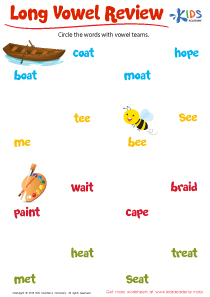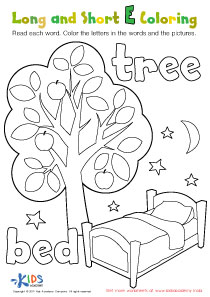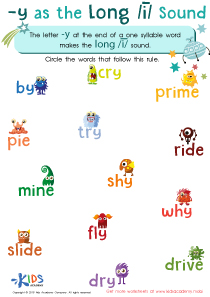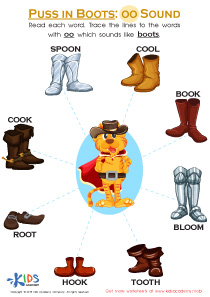Normal Silent Vowels Worksheets for Ages 5-9
5 filtered results
-
From - To
Our "Normal Silent Vowels Worksheets for Ages 5-9" are specially crafted to help young learners master the tricky concept of silent vowels in a fun and engaging way. These worksheets combine colorful illustrations with enjoyable exercises to keep kids captivated while they learn. Perfect for classroom activities or homeschooling, they provide a solid foundation in recognizing and using silent vowels correctly. With a focus on age-appropriate content, the worksheets aim to enhance reading fluency and spelling skills, making learning efficient and enjoyable. Equip your child with the essential tools to excel in early literacy!
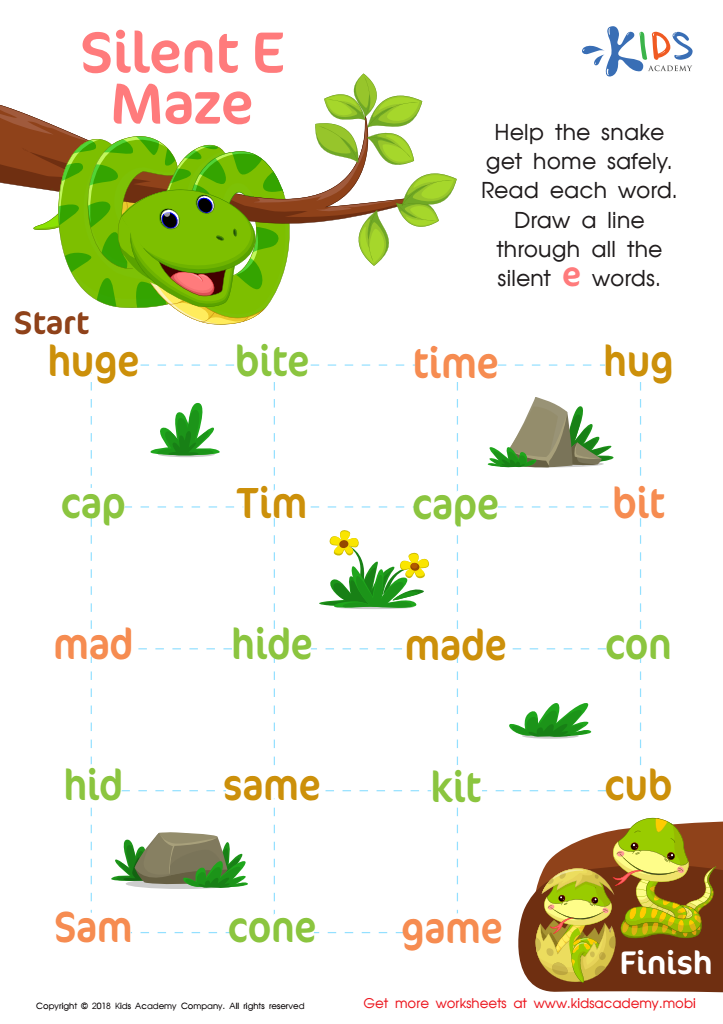

Silent E Maze Worksheet
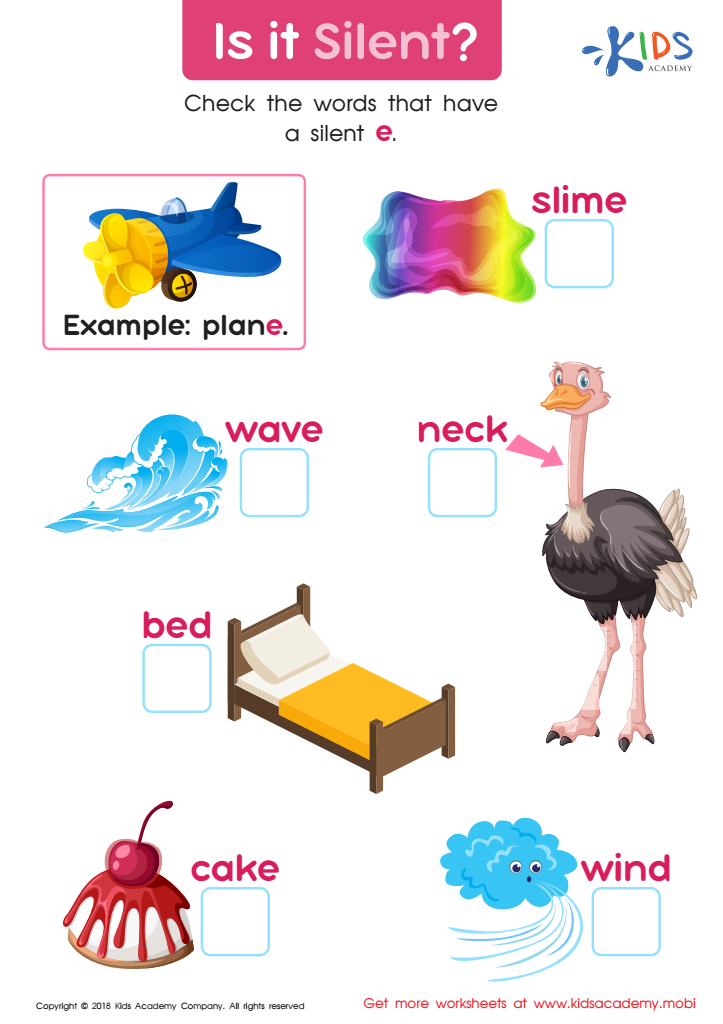

Is It Silent? Worksheet
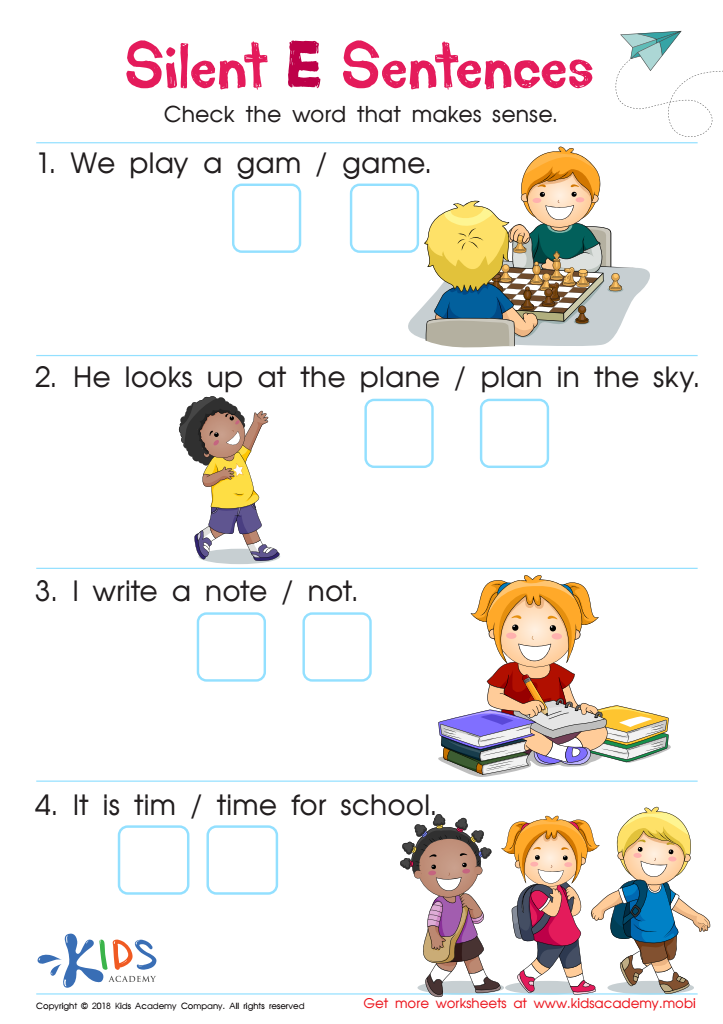

Silent E Sentences Worksheet
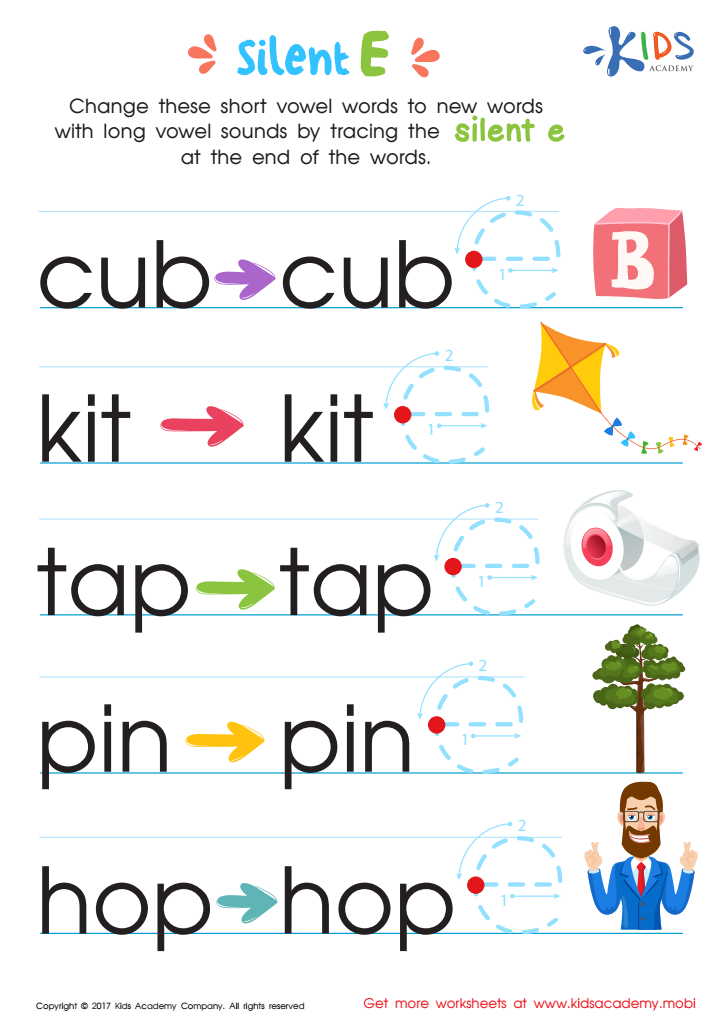

Silent E Words Worksheet
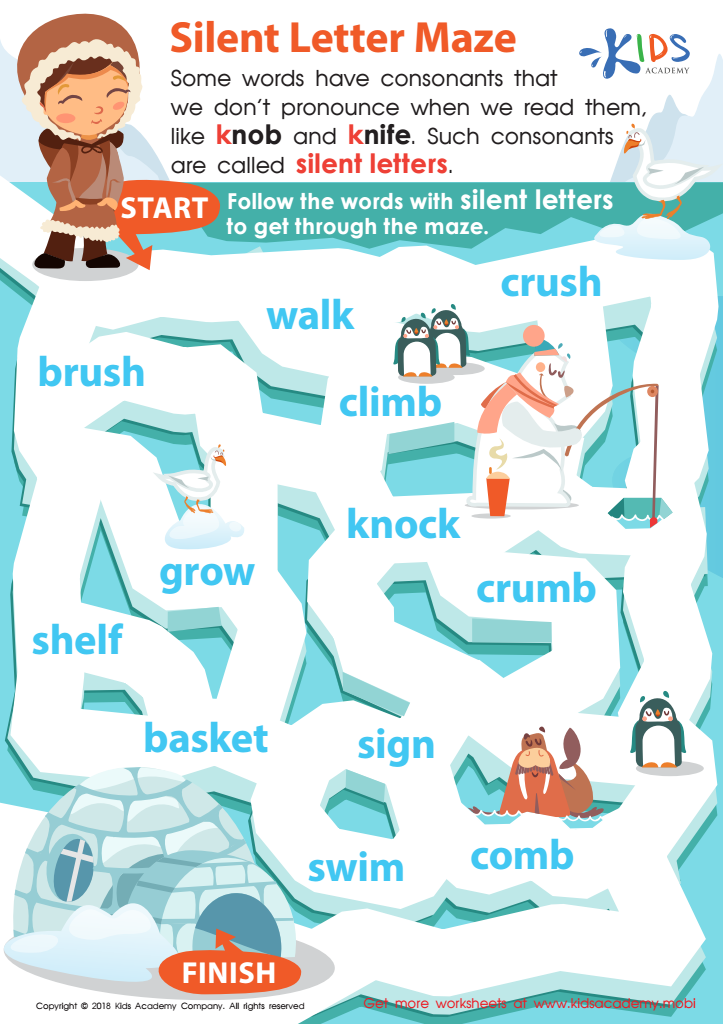

Silent Letter Maze Worksheet
Parents and teachers should care about normal silent vowels for ages 5-9 because understanding these phonetic elements is crucial in the development of early reading and spelling skills. Silent vowels appear in many common words that young children learn, and inconsistent mastery can lead to reading confusion and stunted literacy growth. For instance, words like "make," "like," and "bake" contain the silent 'e,' which changes the pronunciation and meaning of the word. Recognizing such patterns enables children to pronounce and spell a wider range of words correctly.
Moreover, learning about silent vowels improves phonological awareness, a foundation for decoding words and fluent reading. It helps children understand that letters and sounds don't always have a one-to-one correspondence and that context and standard rules influence pronunciation, fostering more adaptive reading strategies.
Additionally, as children progress in their literacy journey, encountering silent vowels without prior understanding can lead to frustration and discouragement. By teaching these concepts early, parents and teachers can build confidence and encourage a positive attitude toward learning. This early intervention lays a strong foundation for future academic success, making silent vowels not just a detail but a critical aspect of language education for young learners.
 Assign to My Students
Assign to My Students






